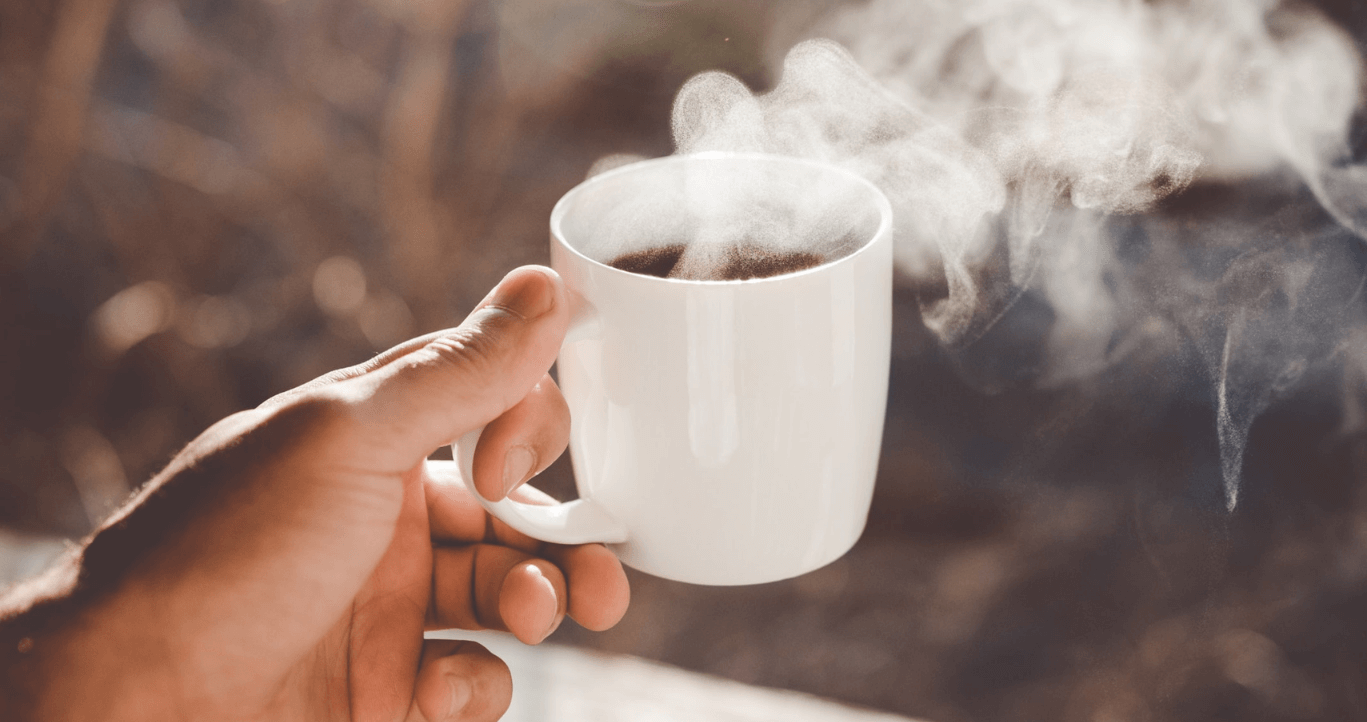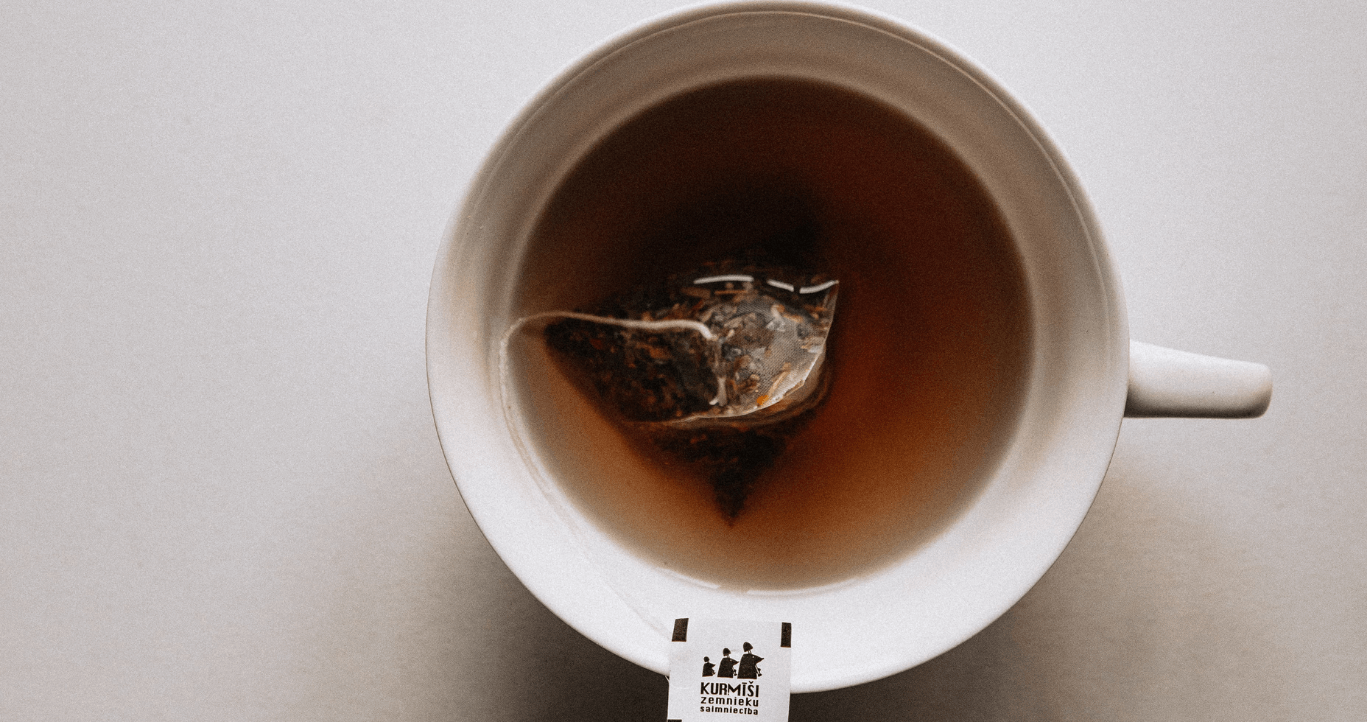All tea comes from the leaves of the Camellia sinensis plant. The styles of tea are produced by altering the shape and chemistry of the leaf, rather unromantically called 'processing' or 'manufacturing.
Tea processing is five basic steps; some teas don't utilize all of these steps, while other teas repeat them several times. Basic processing is Plucking, Withering (allowing the leaves to wilt and soften), Rolling (to shape the leaves and wring out the juices), Oxidizing (see below) and Firing (ie: Drying).
The most crucial part, what defines the categories of tea, is Oxidizing. Oxidation occurs when the enzymes in the tea leaf interact with oxygen, after the cell walls are broken apart. This can happen quickly, through rolling, cutting or crushing, or more slowly through the natural decomposition of the leaf. Actually, you see the same process in a piece of fruit. Left to sit, an apple will slowly turn brown. Cut or bruise the apple, and it will brown much more quickly.
NOTE: "Oxidation" is still referred to by some in the tea industry as "fermentation." This stems from an earlier belief that what was happening to the tea leaves was similar to fermentation of grapes into wine. Everyone now knows this is actually oxidation, but because of its long history, fermentation is still used. This is actually quite common to hear from very expert tea professionals in India, for example. (and it would be considered quite rude to correct someone from a tea-growing country otherwise)
The five basic styles of tea are White, Green, Oolong, Black and Pu Erh.
White Tea
White Tea is essentially unprocessed tea. The name is derived from the fuzzy white "down" that appears on the unopened or recently opened buds - the newest growth on the tea bush. White tea is simply plucked and allowed to wither dry. That's it, really. If the weather isn't cooperating, the leaves may be put into a gentle tumble dryer on very, very low heat to assist. But the leaves are not rolled, shaped, etc. Some minimal oxidation does happen naturally, as it can take a full day or two to air-dry the tea leaves. This is why some white teas, like the classic White Peony, show leaves of differing colors (white, green and brown). White teas produce very pale green or yellow liquor and are the most delicate in flavor and aroma.
Green Tea
Green Tea is plucked, withered and rolled. It is not oxidized because during the rolling process, oxidation is prevented by applying heat. For green tea, the fresh leaves are either steamed or pan-fired (tossed in a hot, dry wok) to a temperature hot enough to stop the enzymes from browning the leaf. Just like blanching vegetables, really. Simultaneously, the leaves are shaped by curling with the fingers, pressing into the sides of the wok, rolling and swirling - countless shapes have been created, all of them tasting different. The liquor of a green tea is typically a green or yellow color, and flavors range from toasty, grassy (pan fired teas) to fresh steamed greens (steamed teas) with mild, vegetable-like astringency.
Oolong Tea
Oolong Tea is one of the most time-consuming teas to create. It utilizes all of the five basic steps, with rolling and oxidizing done repeatedly. These teas are anywhere from 8% oxidized to 80% (that's measured roughly by looking at the amount of brown or red on the leaf while the tea is being made). The leaves are gently rolled, then allowed to rest and oxidize for a while. Then they'll be rolled again, then oxidized, over and over. Over the course of many hours (sometimes days), what is created is a beautiful layering or "painting" of aroma and flavor. Oolongs typically have much more complex flavor than Green or White teas, with very smooth, soft astringency and rich in floral or fruity flavors. Because of their smooth yet rich flavor profiles, Oolongs are ideal for those new to tea drinking.
Black Tea
Black Tea also utilizes all five basic steps, but is allowed to oxidize more completely. Also, the steps are followed in a very linear form; they are generally not repeated on a single batch. The tea is completely made within a day. The brewed liquor of a Black tea ranges between dark brown and deep red. Black teas offer the strongest flavors and, in some cases, greatest astringency. Black teas, particularly those from India and Sri Lanka, are regularly drunk with milk and sugar and are the most popular bases for iced tea.






